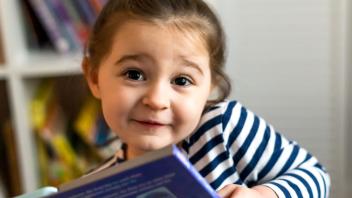Richard Gentry and Steve Graham reaffirm the research about the importance of spelling and handwriting instruction in a new white paper. I’ll write about the spelling research in a separate post, this one will focus on handwriting.
Teaching kids to write upper and lower-case letters helps them master letters and punctuation marks, the same ones they decode while learning to read. Because most children’s books use upper and lowercase letters, Gentry and Graham suggest that effective instruction begins with teaching the manuscript (i.e., print) alphabet. The authors go on to support the teaching of cursive by Grade 3.
It was interesting to read that many teachers did not have formal training to prepare them to teach handwriting. Thankfully the good handwriting programs and curricula that are available teach both the teacher and student about correct letter formation. The good ones present a logical sequence for studying letter formation, use numbered arrows that show the correct order and direction of strokes, incorporate new letters into words using known letters, and provide practice pages that do not require copying from the board.
The authors summarize the research by saying that learning to write letters and spell words reinforces the letter-naming, phonemic, and word-deciphering skills required in developing literacy. This instruction assists children in developing the pre-reading skills associated with proficient reading by the end of the first or second grade: phonological awareness, letter identification, and vocabulary development. Handwriting instruction also increases legibility and letter-writing fluency. This is true for all students: those who struggle, ELLs, and typically achieving students.
The reference list is a who’s who of writing and handwriting research. The full paper is available from Saperstein Associates here , and the executive summary can be found here .
Related posts:

